Collection |
Collections
Filters
-
Collection Type
-
-
Collection |
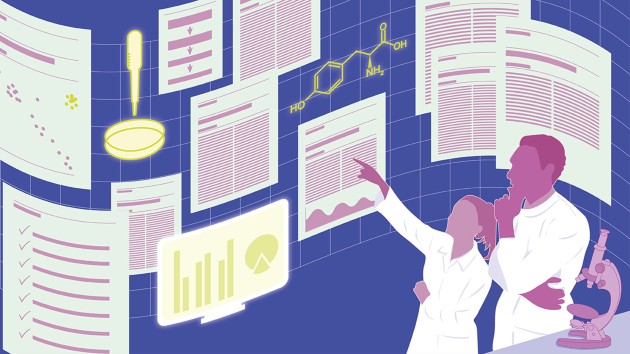 Best Practices in Method Reporting
Best Practices in Method Reporting
Detailed method reporting is essential for research reproducibility and trust in published results.
Image: Sam Whitham -
Collection |
 Neurostimulation protocols
Neurostimulation protocols
A collection of Protocols covering a wide range of optogenetic and non-genetic procedures that allow the stimulation of neuronal cell populations using optical, closed-loop and ultrasonic approaches.
Image: Sam Witham -
Collection |
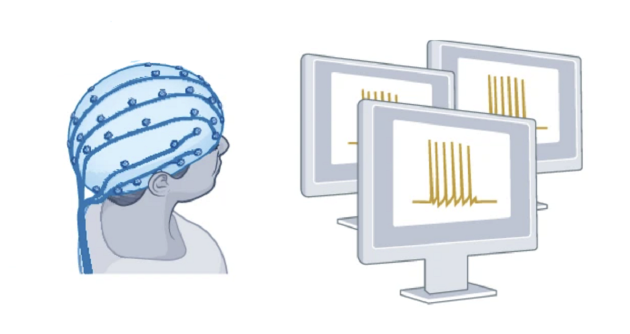 Cognitive neuroscience framework protocols
Cognitive neuroscience framework protocols
Methodological checklists, protocols and modelling frameworks for experimental neuroscience
Image: Sam Whitham -
Collection |
 Neural probe protocols
Neural probe protocols
A collection of Protocols and Tutorials covering the fabrication and use of implantable bioelectronic devices which enable the recording of electrophysiological parameters and the interrogation of neural circuits in animals and humans
Image: Coughlin, B. et al. Nat Protoc (2023). https://doi.org/10.1038/s41596-023-00871-2 -
Collection |
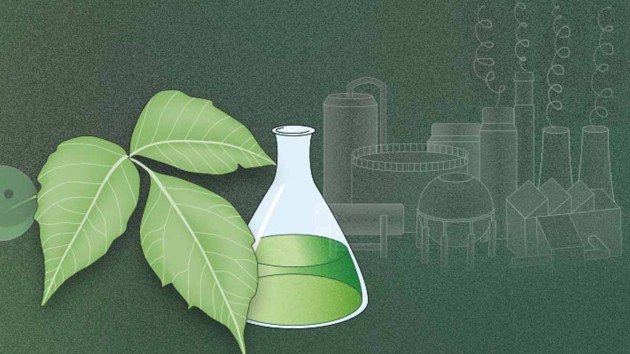 Green Chemistry
Green Chemistry
Chemistry has always had a central role in the provision of food and energy, materials and medicines. Recent years have increasingly seen chemistry research move towards environmentally friendly, sustainable products and processes.
Image: Erin Dewalt, Lauren Robinson, David Schilter, Rachael Tremlett -
Collection |
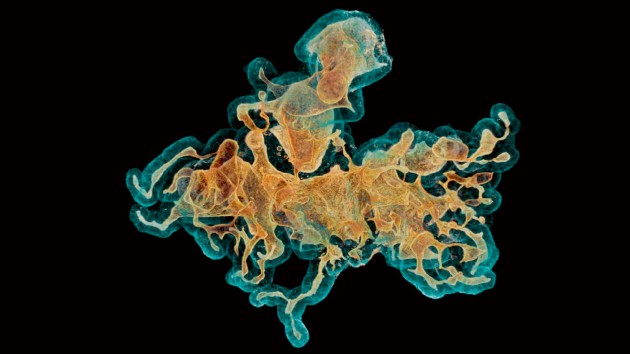 Organoid protocols
Organoid protocols
-
Collection |
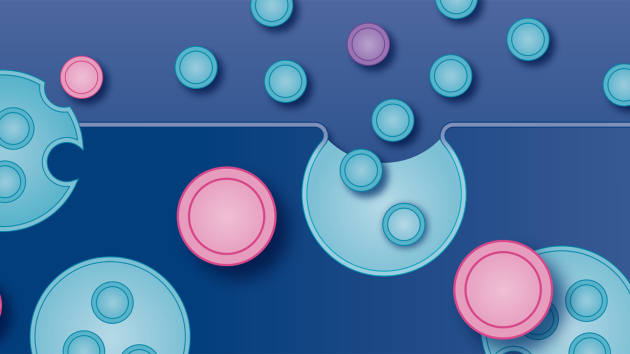 Extracellular vesicles
Extracellular vesicles
Selected, recent articles from across the Nature Portfolio that document the recent progress in understanding the biology of EV-mediated cell–cell communication and advances in clinical translation of EVs.
Image: Vicky Summersby -
Collection |
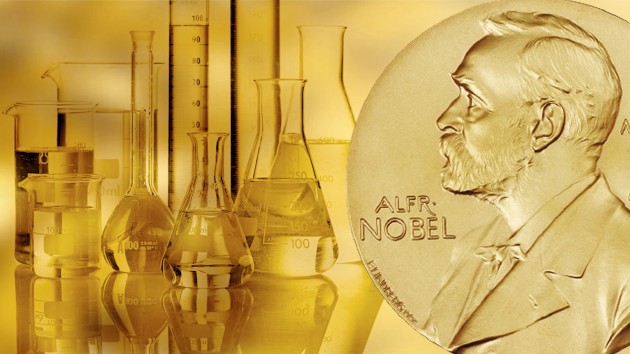 Nobel Prize in Chemistry 2022
Nobel Prize in Chemistry 2022
The 2022 Nobel Prize in Chemistry has been awarded to Carolyn R. Bertozzi, Morten Meldal and K. Barry Sharpless for the development of click chemistry and bioorthogonal chemistry.
Image: Springer Nature/The Nobel Foundation/Imagesource -
Collection |
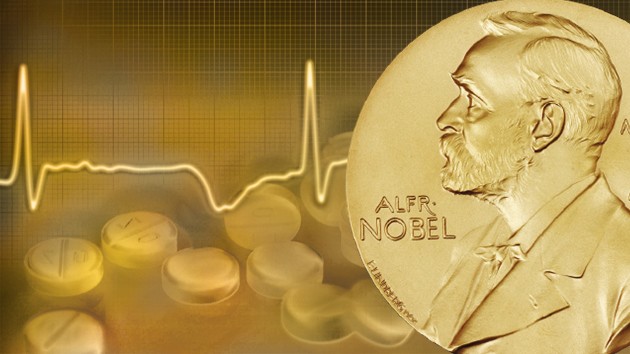 Nobel Prize in Physiology or Medicine 2022
Nobel Prize in Physiology or Medicine 2022
The 2022 Nobel Prize in Physiology or Medicine was awarded to Svante Pääbo "for his discoveries concerning the genomes of extinct hominins and human evolution".
Image: Springer Nature/The Nobel Foundation/Imagesource -
Collection |
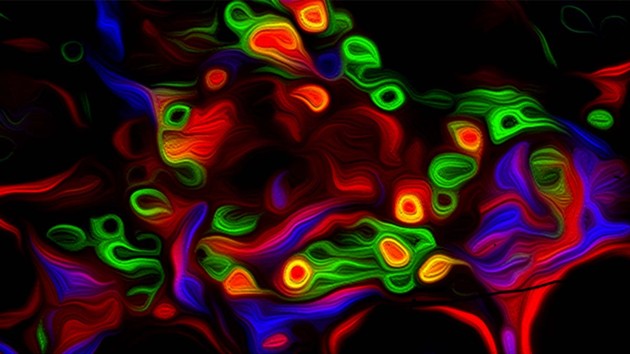 Stem Cells: from Single Cells to the Clinic
Stem Cells: from Single Cells to the Clinic
Recent technological progress has facilitated the study of how embryos develop, how embryonic cells transition between different states, how adult stem cells are maintained and differentiate, at unprecedented resolution.
Image: Deepti L Kumar and Tony DeFalco -
Special |
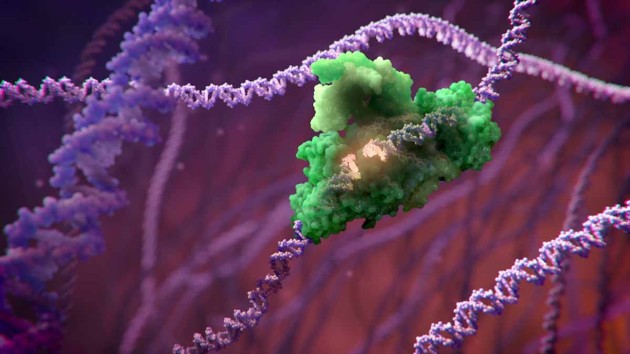 SCGE
SCGE
Genome Engineering has great potential to change how we model, understand, and treat diseases.
Image: XVIVO

 Genome Editing
Genome Editing